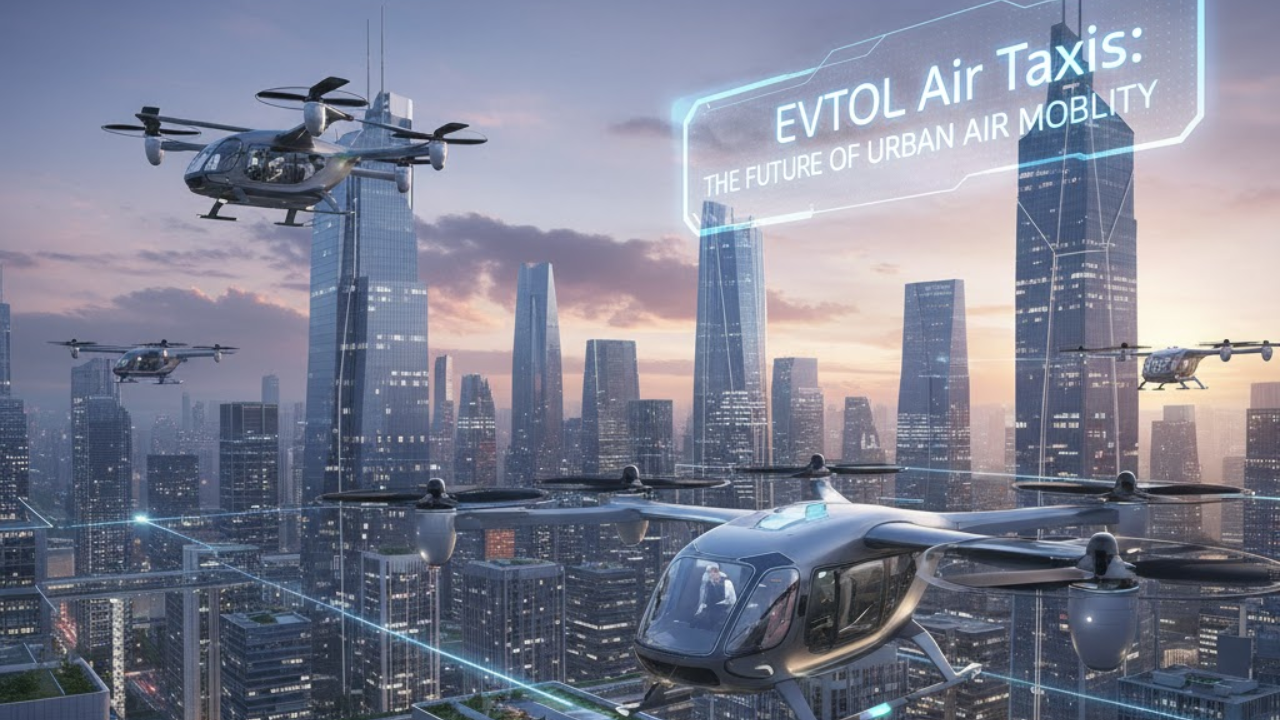
Post by : Meena Rani
Imagine booking a ride that lifts off vertically from a rooftop, bypasses traffic, and lands minutes away at your destination—all powered by clean electricity. This is no longer science fiction. Electric vertical take-off and landing aircraft, or eVTOLs, are fast emerging as the next frontier in urban transportation.
With major aerospace firms, tech startups, and transport authorities backing the idea, the dream of “flying taxis” is on the verge of becoming reality.
eVTOLs (Electric Vertical Take-Off and Landing aircraft) are lightweight, electrically powered planes designed to take off and land vertically, much like helicopters, but with quieter operations and zero in-flight emissions.
They combine cutting-edge technologies from aviation, battery science, and automation. Most eVTOLs use distributed electric propulsion systems—multiple small rotors powered by batteries—to improve safety and maneuverability.
Their goal: to create a new mode of sustainable, fast, and efficient urban transportation that integrates with existing air and ground networks.
Urban air mobility (UAM) has become a global buzzword. The promise of fast, low-noise, emission-free aerial transport addresses several growing challenges in modern cities:
Traffic congestion: eVTOLs can bypass ground-level gridlock entirely.
Sustainability goals: Fully electric propulsion aligns with zero-emission policies worldwide.
Infrastructure flexibility: They can operate from “vertiports” or converted rooftops.
Time savings: A 45-minute road journey could take just 10 minutes by air taxi.
With rapid technological progress and strong regulatory momentum, the global eVTOL market is projected to surpass $35 billion by 2035, growing at over 30 % annually.
Several aerospace pioneers and startups are leading this aerial revolution:
A frontrunner in the eVTOL race, Vertical Aerospace has partnered with Bristow Group to launch commercial air taxi services using the VX4 eVTOL aircraft. With a 100-mile range and 200 mph top speed, the VX4 aims to redefine short-distance regional and urban travel.
Joby is among the most advanced eVTOL developers, having completed thousands of flight tests. It plans to begin commercial operations in the U.S. by 2026 in partnership with Uber Elevate.
Archer’s “Midnight” aircraft has secured FAA certification milestones and is targeting launch routes between Manhattan and Newark Airport.
Europe and Asia are also joining the race—Germany’s Lilium and China’s EHang are both testing passenger-ready prototypes.
The collaboration between traditional aviation firms and startups indicates strong industry confidence and readiness for the next phase: commercial deployment.
Modern eVTOLs leverage breakthroughs in:
Battery energy density: Lightweight, high-capacity batteries are enabling longer flights and faster charging.
Electric propulsion: Multiple electric motors improve efficiency and safety through redundancy.
Fly-by-wire systems: Digital controls replace traditional hydraulics, allowing precise handling.
Autonomous flight control: Many eVTOLs are designed for semi-autonomous or fully autonomous operation.
Noise reduction: Distributed propulsion and aerodynamic design cut noise by up to 90 % compared to helicopters.
These innovations make eVTOLs a game-changer not just for transportation but also for environmental sustainability and urban planning.
Despite major progress, several challenges must be overcome before flying taxis become mainstream:
Certification and safety standards: Regulatory agencies like the FAA and EASA are still finalizing frameworks for eVTOL certification.
Battery limitations: Current battery technology restricts range and payload capacity.
Infrastructure readiness: Cities need to build vertiports, charging stations, and air corridors.
Air traffic management: Integrating thousands of low-altitude flights into urban airspace is a complex task.
Public trust and acceptance: Safety, noise, and cost will determine how quickly people adopt air taxis.
Industry experts estimate that widespread commercial operations could begin in the late 2020s, but early pilot programs are already underway.
Governments and aviation authorities are investing heavily in urban air mobility ecosystems.
The United States is leading certification trials for eVTOL aircraft under the FAA’s “Innovate28” program.
Europe is advancing regulatory pathways under EASA to certify electric and hybrid air vehicles.
Middle Eastern cities, including Dubai and Riyadh, are designing the world’s first dedicated vertiport networks.
India and Southeast Asia are exploring public-private partnerships to introduce eVTOL-based air ambulance and cargo operations.
These coordinated efforts are paving the way for an entirely new layer of transportation infrastructure above cities.
The future of eVTOLs lies in integration, not replacement—working alongside cars, trains, and subways. Early applications will include:
Airport shuttles and intercity routes
Emergency response and medical transport
Luxury urban mobility services
Regional cargo and logistics flights
By the 2030s, experts predict autonomous eVTOL networks capable of point-to-point city travel, managed by AI-based air traffic systems.
Urban landscapes could evolve around “verti-hubs,” connecting air taxis with metro stations, highways, and even drone delivery routes.
Disclaimer:
This article is for informational purposes only. Aviation technologies and regulatory frameworks are evolving rapidly; readers should consult verified sources and industry updates for the latest developments.
eVTOL, air taxi, urban air mobility, electric aircraft, flying taxis, future transport, vertical aerospace, bristow partnership, sustainable aviation
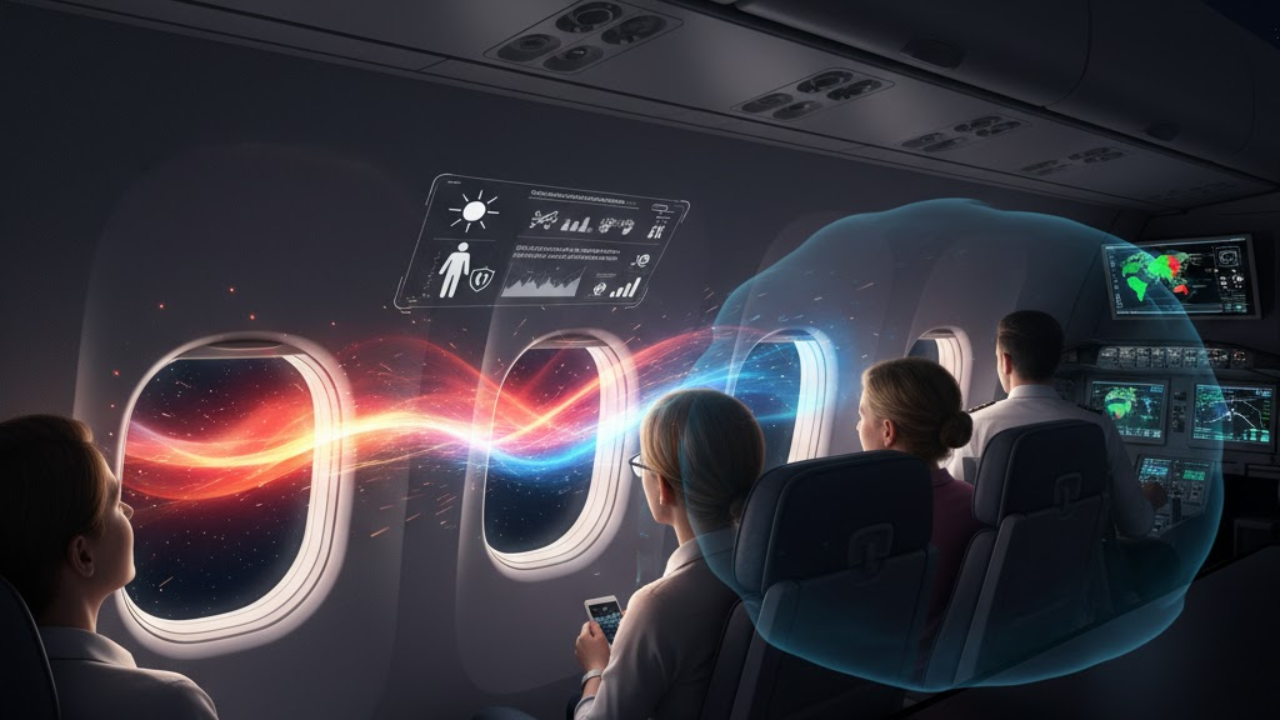
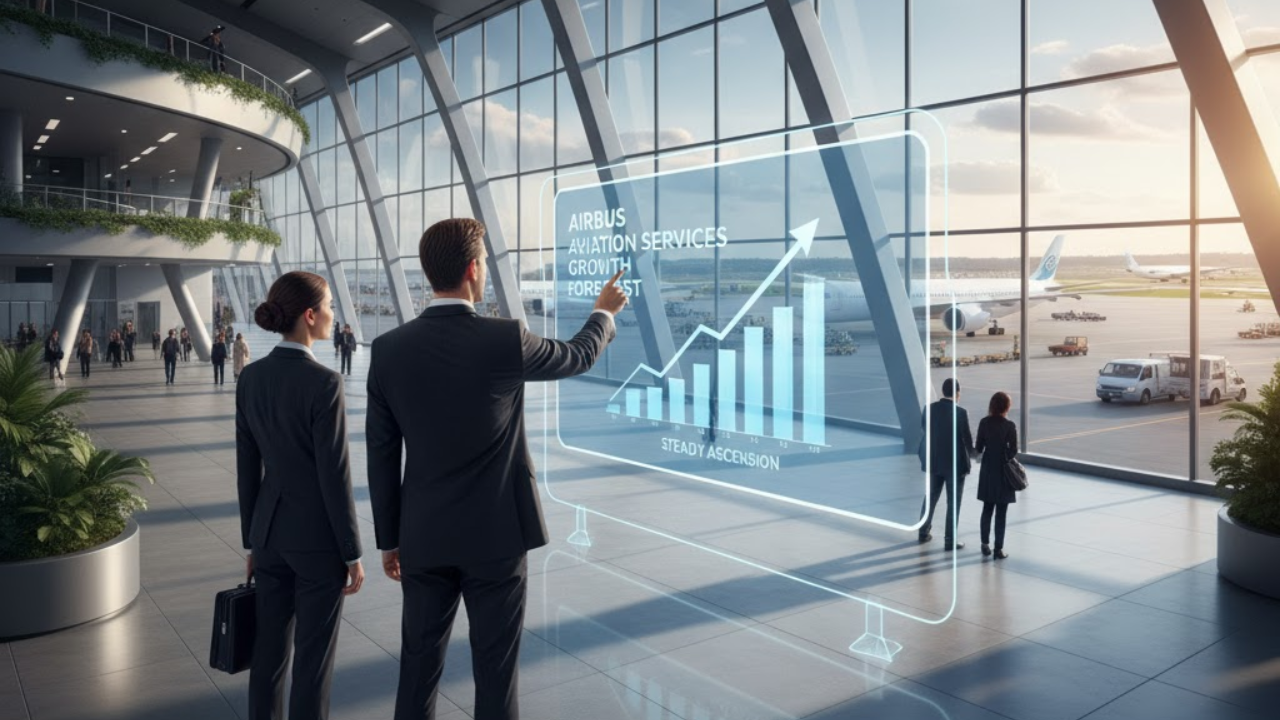
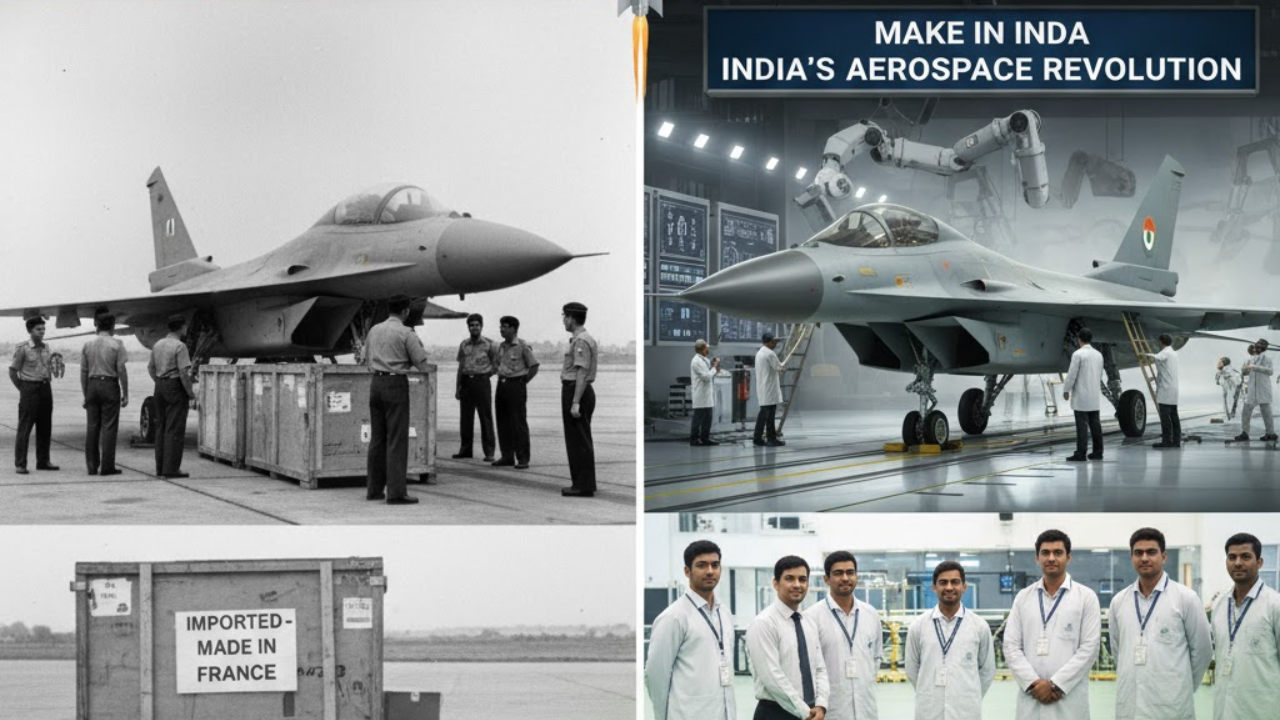
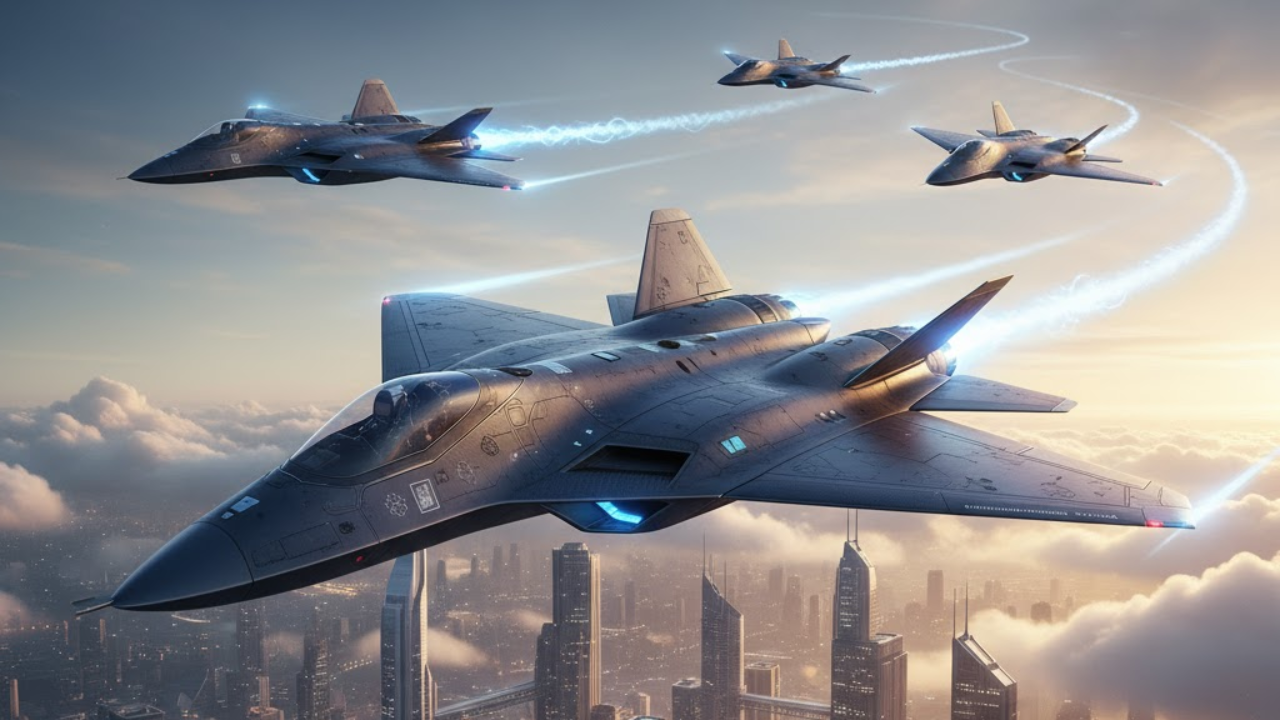
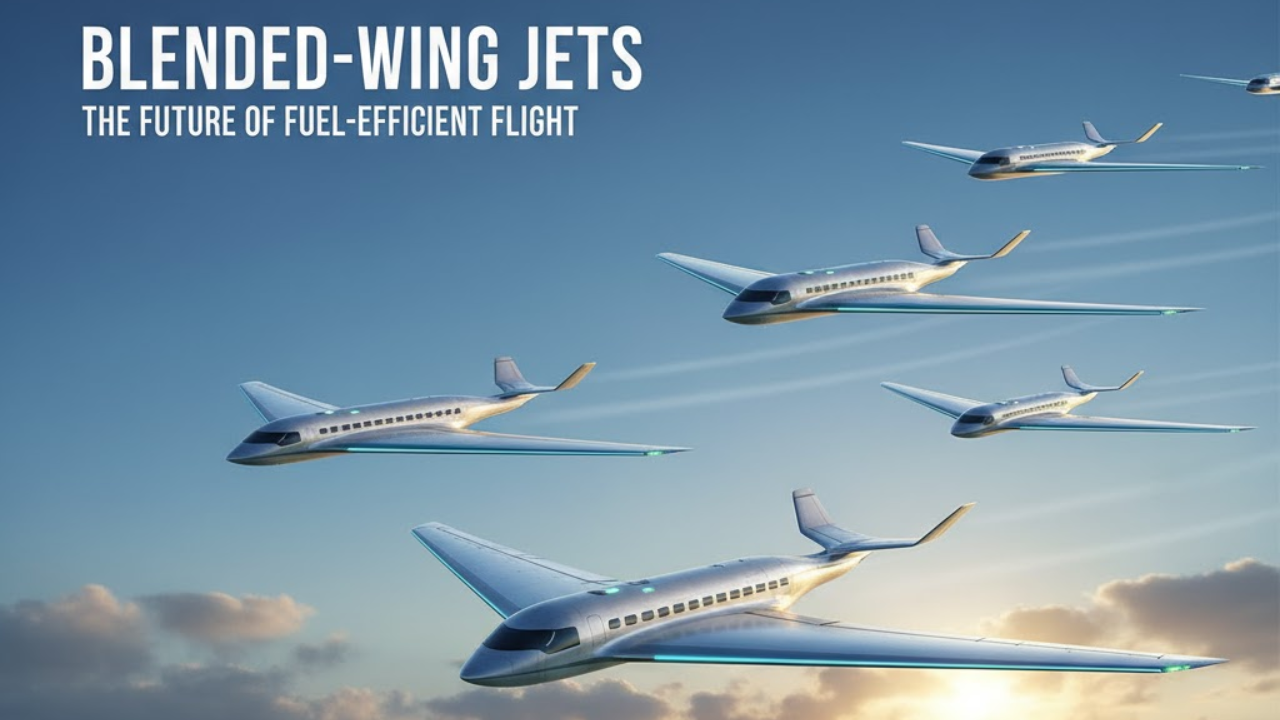


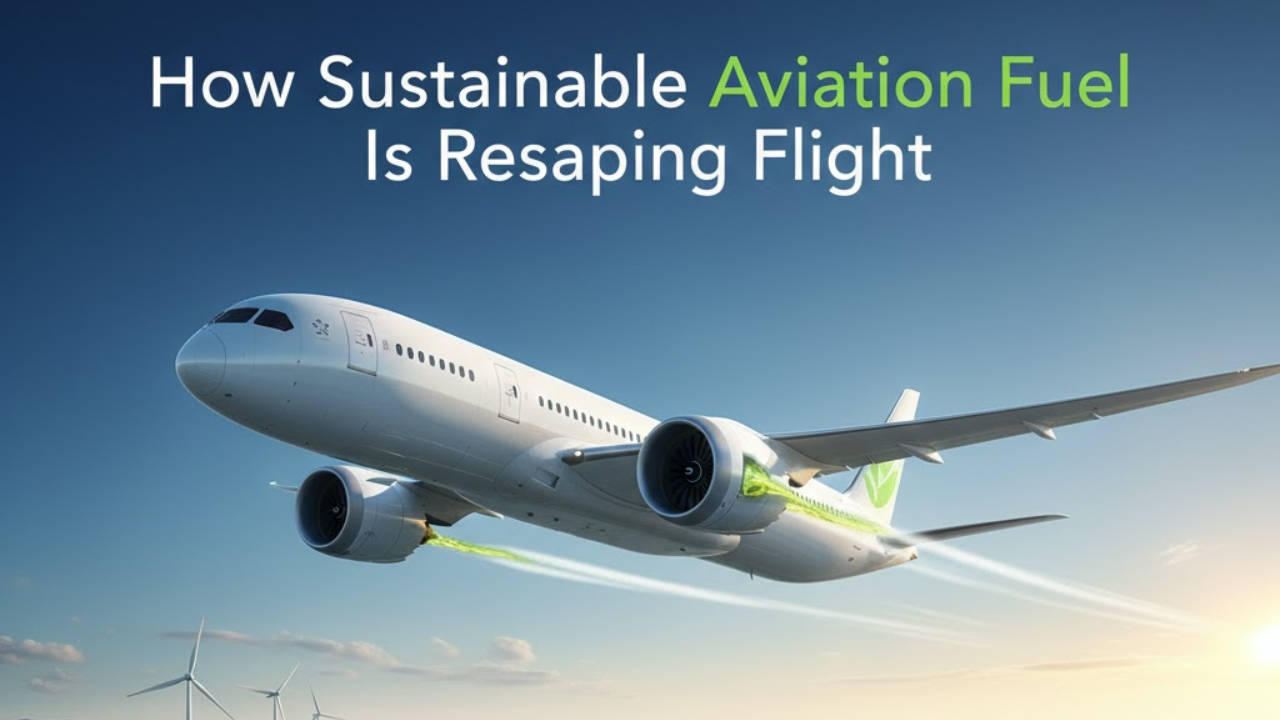
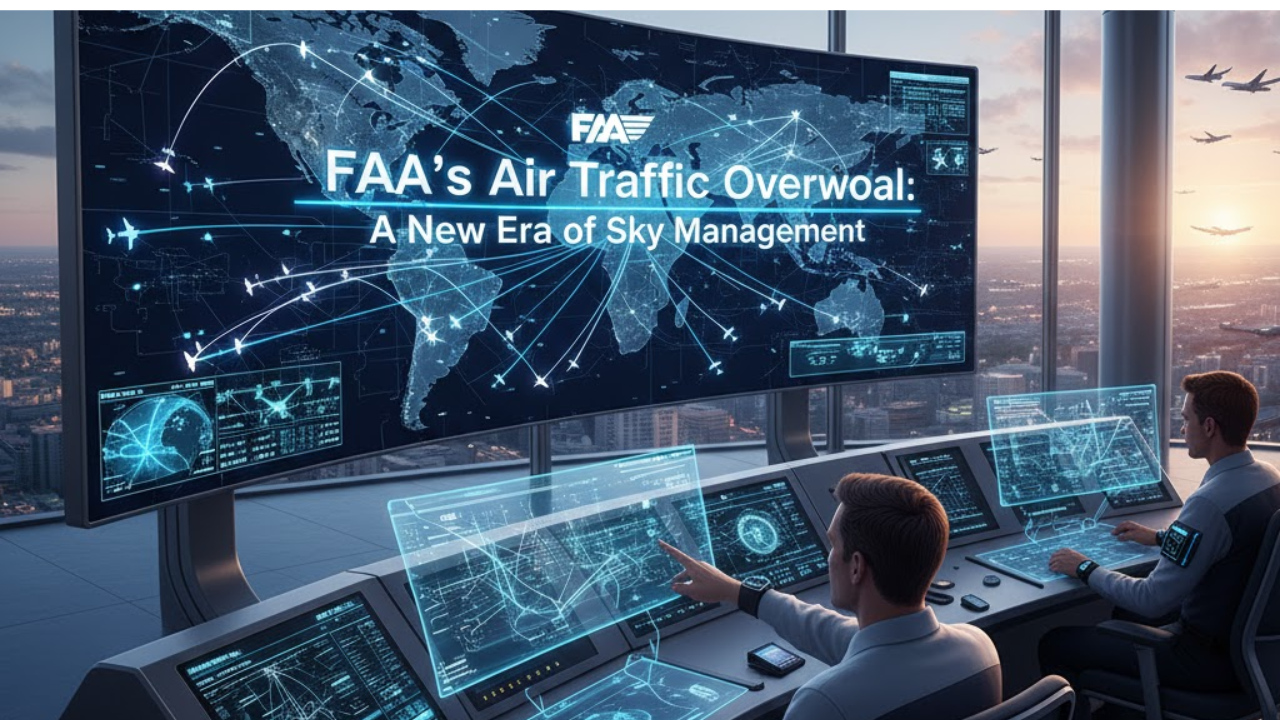

Bengaluru-Mumbai Superfast Train Approved After 30-Year Wait
Railways approves new superfast train connecting Bengaluru and Mumbai, ending a 30-year demand, easi

Canada Post Workers Strike Halts Nationwide Mail and Parcel Services
Canada Post halts operations as CUPW strike disrupts mail and parcel delivery nationwide amid disput

PM Modi Launches BSNL ‘Swadeshi’ 4G Network, 97,500 Towers Built
India enters global telecom league as PM Modi inaugurates BSNL’s indigenous 4G, connecting 26,700 vi

India’s Iconic MiG‑21 Takes Final Flight After Six Decades of Service
After 60 years India retires its MiG‑21 fighter jet, a legendary yet controversial warplane marking

Hindustan Zinc unveils AI hotspot monitoring at Debari smelter
Hindustan Zinc launches AI-powered Switchyard Hotspot Monitoring at Debari smelter to cut outages bo

Chinese experts worked inside sanctioned Russian drone plant
Chinese drone specialists visited IEMZ Kupol supplying parts and drones via intermediaries, deepenin